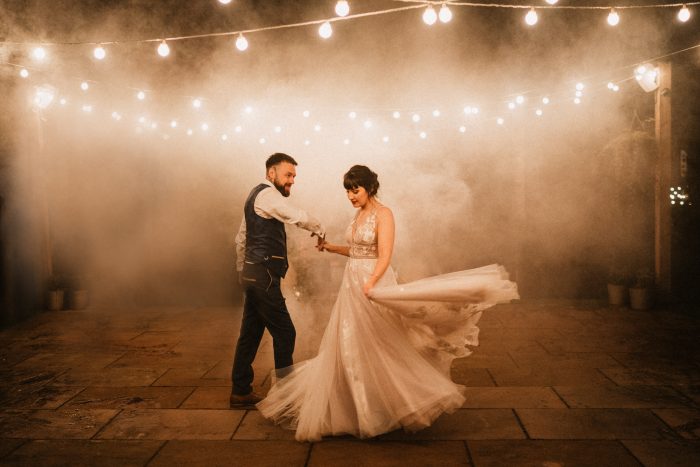
Image by James Morris Photography
Whether you’re a new or seasoned wedding photographer, being a second shooter offers many opportunities and benefits. If you’re new to the scene, second shooting is the ultimate way to learn–you can shadow a fellow photographer and get familiar with the complexities of a wedding day schedule. Although you could read how-to guides, take online courses, and attend workshops, getting that first-hand experience on a wedding day is invaluable to your career.
If you’re already an established photographer, second shooting can be a great alternative to your typical bookings. You can expand your portfolio without the workload a typical lead photographer has.
So whatever your reasons for second shooting may be, there’s a handful of unwritten rules that come with the job that you should know. That’s why we’re sharing seven important tips to help you become a successful second shooter.
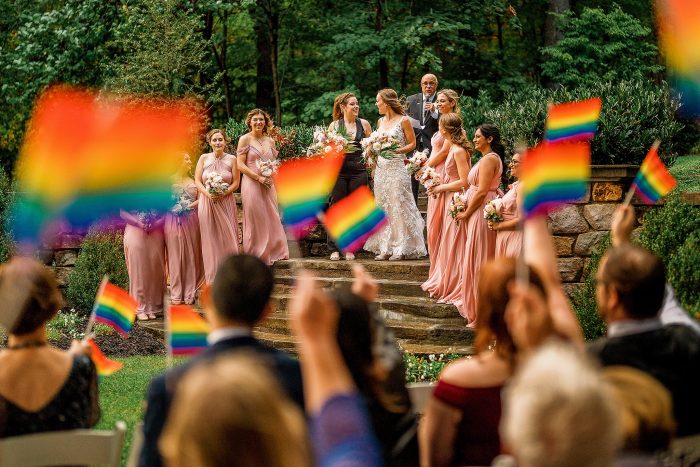
Image by Mason Photography
Tips For Becoming A Successful Second Shooter
Tip #1: Communicate
When second shooting, communication is key. Link up with the main photographer prior to the wedding so that all expectations are transparent. Ask what the lead photographer wants and needs from you, the hours of coverage, payment, location of the wedding, etc.. Some points to keep in mind when chatting before and during the wedding are:
- Before the wedding, discuss how much and when you’ll be paid. Having this information in writing will protect you both
- Ask what the photographer’s preferences are for sharing images after the wedding
- Discuss where the lead wants you for various moments throughout the day–such as the first look, ceremony, and exit. Oftentimes, the primary and second shooter will split up to cover the groomsmen and bridesmaids getting ready. Find out where you’ll be and brainstorm potential shots and poses beforehand
- Don’t be afraid to ask questions–just do so discreetly
- Additionally, it’s important to have good communication with the client. Just be mindful that you don’t give the couple incorrect information. This is where asking the lead questions comes in
Tip #2: Sync Your Cameras
Don’t forget to sync up your cameras at the start of the day. This may seem like a small detail, but it can save the lead photographer a headache while working in post. Syncing up all cameras–yours included–will make for a more efficient editing process so that all images are in chronological order.
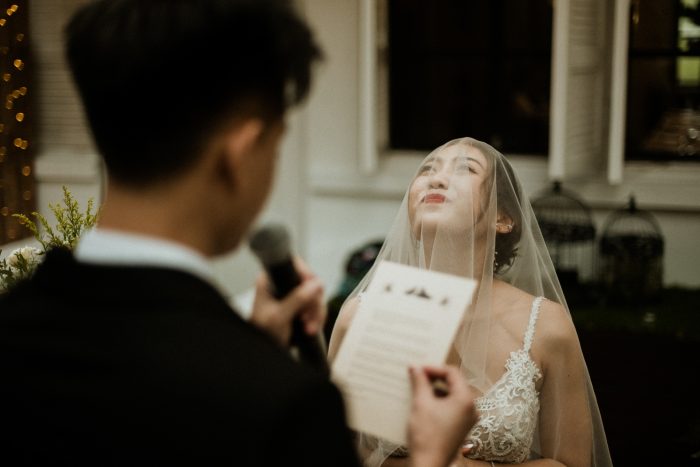
Image by Rylz Photograph
Tip #3: Maintain Professionalism
Although a wedding is a time for celebration, keep in mind that you’re there to work. Not only are you working, but you’ll be representing the primary photographer and their business. Some things to remember to stay professional:
- Wear something that nice yet not attention-grabbing. Find out the dress code from your lead beforehand to know how dressed up or down you should be
- Keep phone usage to a minimum by only using it to reference the timeline or time. Better yet, print the timeline off and wear a watch. This way, you won’t be tempted to check your phone for personal use
- Remember, this is not a time for you to network and pass out your business cards. You’re there for the lead photographer only
- There could potentially be instances where you get frustrated or stressed. Just remember to remain calm, never raise your voice, and make the couple’s happiness your number one priority
Tip #4: Take Different Shots than the Primary
The entire point of having a second shooter at a wedding is for extra coverage, different angles, and an added variety of shots. You aren’t getting paid to follow the lead while taking duplicate images. Also, remember that you are shooting for the lead photographer and not yourself. This means sacrificing shots you may desire for your portfolio in order to provide the coverage you were hired to capture.
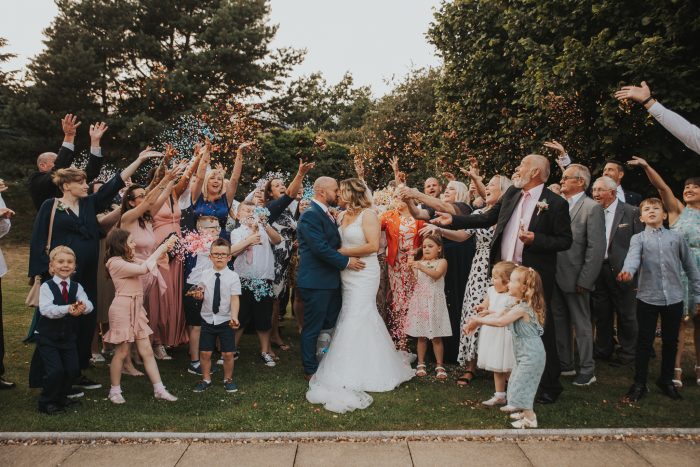
Image by Montana Lee of Lakes & Light Photography
Tip #5: Be Detail-Oriented
This may seem obvious, but stay out of the lead photographer’s shots. In the hustle and bustle of the day mistakes can happen, but make sure you aren’t the one ruining a shot. For posed photos, be on the lookout for those little details that can make or break a photo–sunglasses, a fallen strap on a bridesmaid, or smudged makeup on the bride. You’ll be the trusted second pair of eyes for the lead photographer. If you ever feel unsure during the wedding day, direct your focus to the details that the lead photographer may miss.
Tip #6: Determine Use of Images
Whether or not you can use the images you took as a second shooter for your own portfolio will vary from job to job. And if you can use them, there are a couple of things to keep in mind.
For starters, do not post an image before the lead photographer has posted first. You don’t want to steal their thunder or jeopardize their chances of getting published in blogs and magazines. Additionally, when you do post an image from the wedding, be sure to disclose that you were the second shooter in the caption. In fact, you should also tag the photographer or link directly to their website.
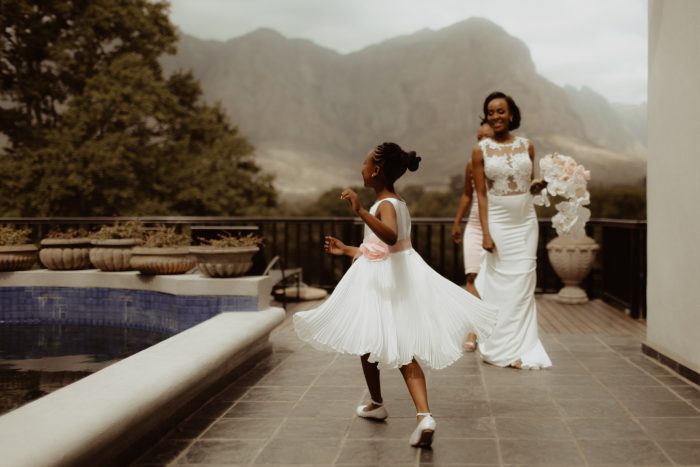
Image by Kristi Agier Photography
Tip #7: Deliver Images Timely
Unless the lead photographer has you hand over the memory cards immediately after the wedding, your job is not done. If it’s your responsibility to handle the images following a wedding, the first thing you should do is upload and backup the photos. Protect yourself and the lead by making sure there are copies of the images from that wedding–there’s nothing more devastating than lost images.
Once they’re backed up, cull and deliver your images to the lead photographer in a timely manner. Helping the lead photographer applies as much after the wedding as it does on the wedding day.
How To Find Second Shooter Gigs
Now you know how to operate as a second shooter which means the next step is finding the gigs. Some ways we recommend include:
- Facebook is your friend. Search for your “local area + ‘second shooters’” and you are bound to find groups that exist just to match up primary and secondary photographers. We also love larger groups for non-local opportunities, such as LOOKSLIKEFILM, Mastin Labs – Community, and Photobug Community
- Send professional emails to photographers in your area you think you’d be a good fit for. But please, do not send DMs on Instagram or inquiries through booking platforms. In your email, provide as much basic info as possible–your experience, what gear you use, your rough availability, etc.
As a second shooter, if you mindfully prepare for the wedding day and remember to keep the lead photographer’s needs at the forefront, you’ll be golden. If you’re searching for paid opportunities beyond second shooting, make sure to check out our post on photography side hustles!
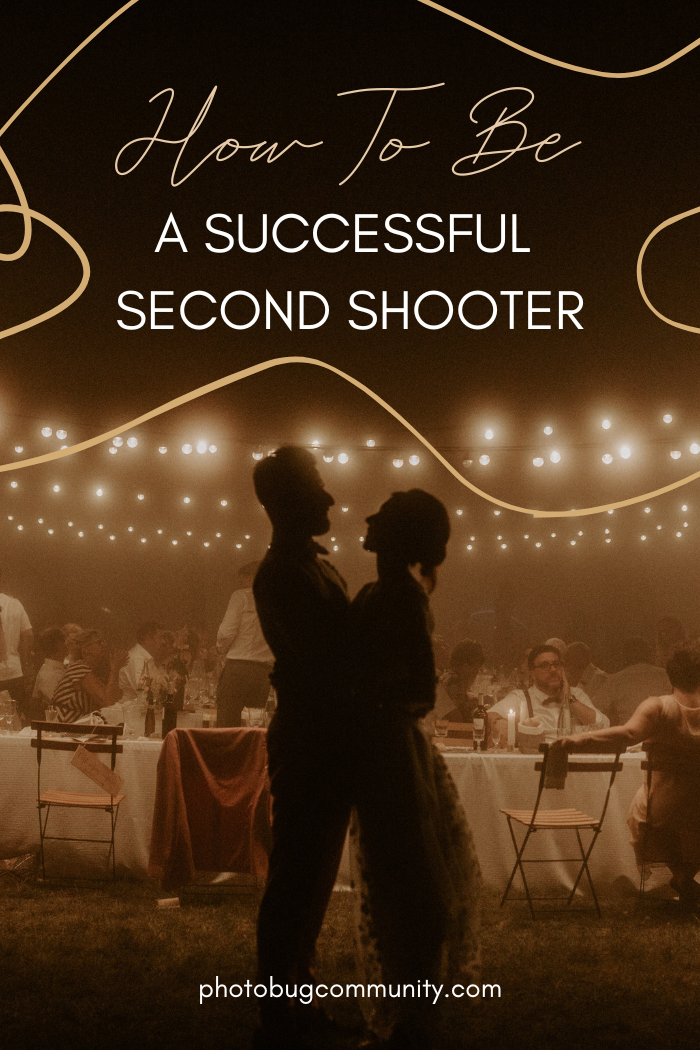
Image by Lesley S. Photography